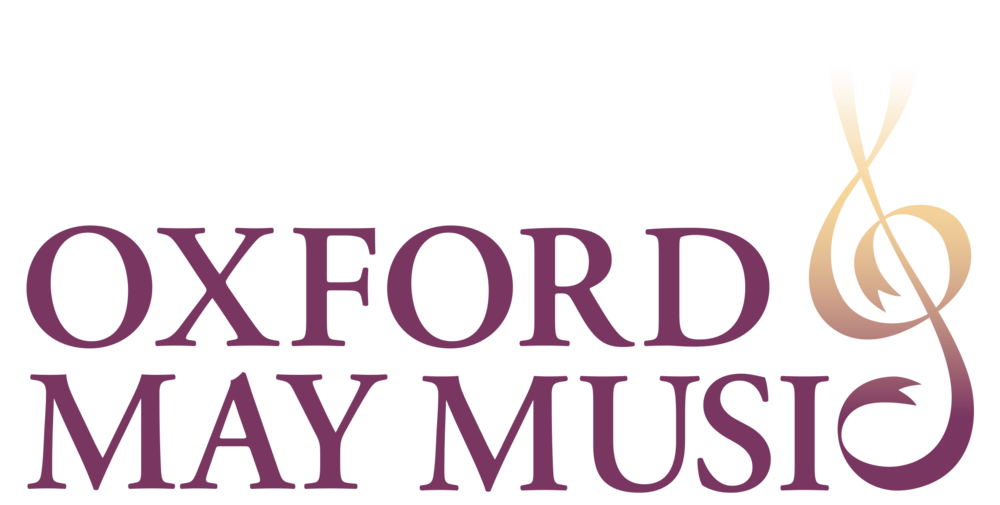Einstein's Universe explores Einstein's scientific work in the theory of the behaviour of atoms and subatomic particles known as "quantum mechanics". The format of the lecture links Einstein's favourite instrument, the violin, with some of the concepts of modern physics that he did so much to found. The performance begins with an introduction to Einstein's life and involvement with music and how his ideas have shaped our concepts of space, time and the evolution of the Universe. These slides are accompanied by music from J.S. Bach's Sonatas and Partitas for Solo Violin, some of Einstein's favourite music. The lecture is punctuated by other music interludes of music related to Einstein.
Einstein was a founding father of quantum physics and Brian discusses the discovery of radioactivity and how that led, through the development of particle accelerators, to the foundation of quantum mechanics. The lecture examines how this process led to the development of the atomic bomb and Einstein's part in it. At his death, he was disillusioned with quantum mechanics, but further applications and experiments led to its becoming the basis of our modern understanding of the Universe. Brian outlines some of our modern ideas that build on the structures of Einstein and define the so-called "Standard Model" of particle physics, in which the evolution of the Universe after the Big Bang can be understood by the interplay of a small number of fundamental forces on a few point-like "elementary" particles, the quarks and leptons, and their antimatter equivalents.
In the second half of the lecture, Brian discusses the new generation of "atom smashers", the Large Hadron Collider (LHC) at CERN in Geneva. This machine, 28 km in circumference, is the largest experiment ever built and is a technological marvel. The story of its construction and of the experiments that observe the particles colliding within it is a testimony to human ingenuity. Almost all the technology and the physics analysis are based directly on Einstein's work. Brian gives the latest news from the accelerator, "hot off the press" and discusses what it might be seeing and what sorts of new physics it could find. The lecture ends with a duet for two violins by Mozart in which Jack and Brian join forces, paying tribute to Einstein's lifelong love of chamber music.
